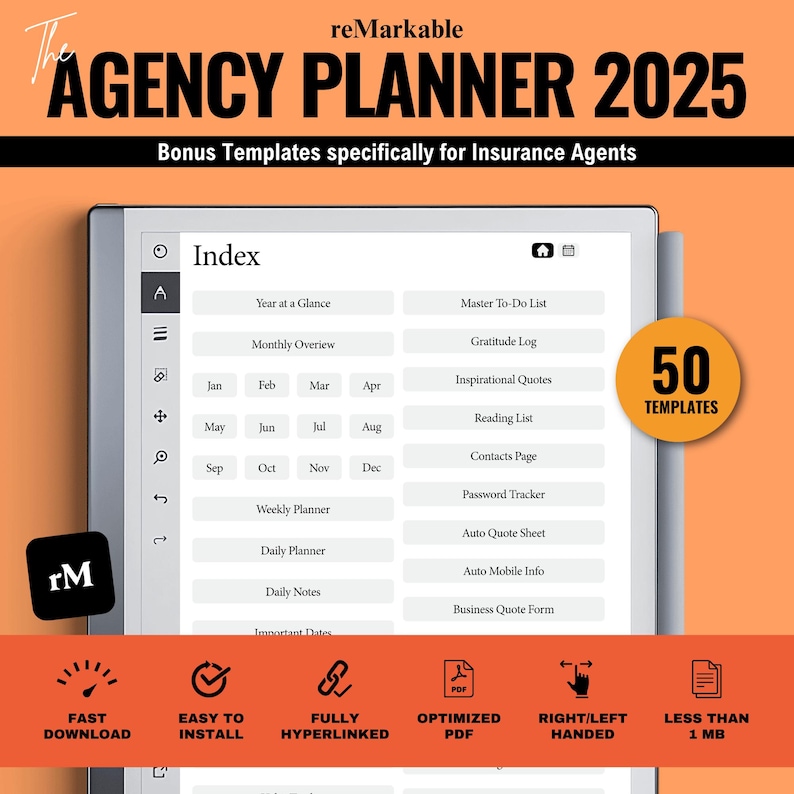Looking for the perfect landlord insurance policy can feel a bit overwhelming—there are so many options, terms, and coverage details to sift through. But don’t worry! Whether you’re a seasoned property owner or a first-time landlord, choosing the right insurance doesn’t have to be complicated. In this article, we’ll break down everything you need to know in an easy, friendly way, so you can confidently pick a policy that protects your investment and gives you peace of mind. Let’s get started!
Table of Contents
- Understanding What Landlord Insurance Covers and Why It Matters
- Evaluating Your Property Risks to Choose the Right Coverage
- Comparing Policy Features and Finding Affordable Options
- Tips for Working with Insurers to Customize Your Protection
- In Summary
Understanding What Landlord Insurance Covers and Why It Matters
When you invest in rental property, protecting your asset goes beyond just securing a good tenant. Landlord insurance steps in to cover risks that typical homeowner policies don’t, offering peace of mind against unpredictable events. This type of insurance commonly includes protection against property damage from fire, storms, or vandalism, as well as coverage for loss of rental income if your property becomes uninhabitable. Beyond the physical structure, many policies also cover your liability if a tenant or visitor suffers an injury on your property, which can save you from costly lawsuits.
Understanding the scope of your coverage helps you tailor the policy to fit your specific needs. For example, you might want to look for:
- Optional coverage for landlord contents such as appliances and furniture provided in the rental unit
- Protection against tenant-related risks, including damage caused by tenants or legal expenses related to eviction processes
- Coverage for bonus structures, like garages or fences, which aren’t always automatically included
Having a clear understanding of these details means you’re better equipped to choose a policy that minimizes your financial exposure and keeps your rental business running smoothly.
Evaluating Your Property Risks to Choose the Right Coverage
Start by taking a close look at the unique characteristics of your rental property. Consider factors such as its location, age, construction materials, and any previous claims or damages. For example, properties located in flood-prone areas may require additional flood coverage, while older buildings might need protection against potential structural issues. Make a checklist of potential risks including natural disasters, vandalism, and tenant-related damages to get a clear picture of where you stand.
Once you have identified these risks, match them to the types of coverage available. Keep in mind that not all policies are created equal, and some might emphasize certain protections over others. Here are a few key coverage options you might want to explore:
- Property Damage Protection: Covers repairs or rebuilding costs after incidents like fire or storms.
- Liability Coverage: Helps protect you against tenant injuries or lawsuits on your property.
- Loss of Rental Income: Compensates for lost rent if your property becomes uninhabitable due to a covered event.
- Legal Expenses: Supports costs arising from eviction processes or tenant disputes.
By aligning your property’s risks with appropriate coverage options, you ensure that your investment is safeguarded without overpaying for unnecessary extras.
Comparing Policy Features and Finding Affordable Options
When sifting through various landlord insurance policies, it’s crucial to dive beyond the premiums and understand the coverage nuances that really protect your investment. Some policies offer extensive protection against natural disasters, while others might prioritize tenant-caused damages or legal expenses. Create a checklist including:
- Property damage coverage details
- Liability protection limits
- Loss of rental income support
- Additional perils covered
This approach not only ensures you’re selecting a policy tailored to your needs but also highlights where you might be paying for unnecessary extras. Additionally, don’t forget to explore discounts, bundle offers, and new customer incentives, as these can significantly lower your out-of-pocket costs without sacrificing coverage quality. Utilizing comparison tools or consulting with insurance experts can turn what feels like a daunting task into a surprisingly straightforward one.
Tips for Working with Insurers to Customize Your Protection
When collaborating with insurers to tailor your landlord insurance, communication is key. Make sure to clearly outline your property’s unique features and any specific risks associated with your neighborhood or building type. Being upfront about your needs allows insurers to recommend coverage options that truly fit your situation, rather than offering generic packages. Don’t hesitate to ask questions about each policy component, especially regarding coverage limits, exclusions, and claim processes. This helps you avoid surprises when you need to use your insurance.
Consider these steps to make the customization process smoother:
- Prepare a detailed list of your property assets and their values.
- Highlight any extra security measures you’ve implemented, like alarms or CCTV.
- Discuss potential add-ons such as loss of rent or legal expense coverage.
- Review the policy together with the insurer to ensure it aligns with your priorities.
By actively participating and providing precise information, you empower insurers to craft a policy that offers practical protection without unnecessary extras. This collaborative approach not only saves you money but also ensures peace of mind knowing your investment is well shielded.
In Summary
Choosing the right landlord insurance doesn’t have to be overwhelming. By understanding your property’s unique needs, comparing coverage options, and asking the right questions, you’ll be well on your way to securing a policy that gives you peace of mind. Remember, the perfect landlord insurance is out there — and with a bit of research and a clear idea of what matters most to you, finding it can be easier than you think. Happy insuring!






